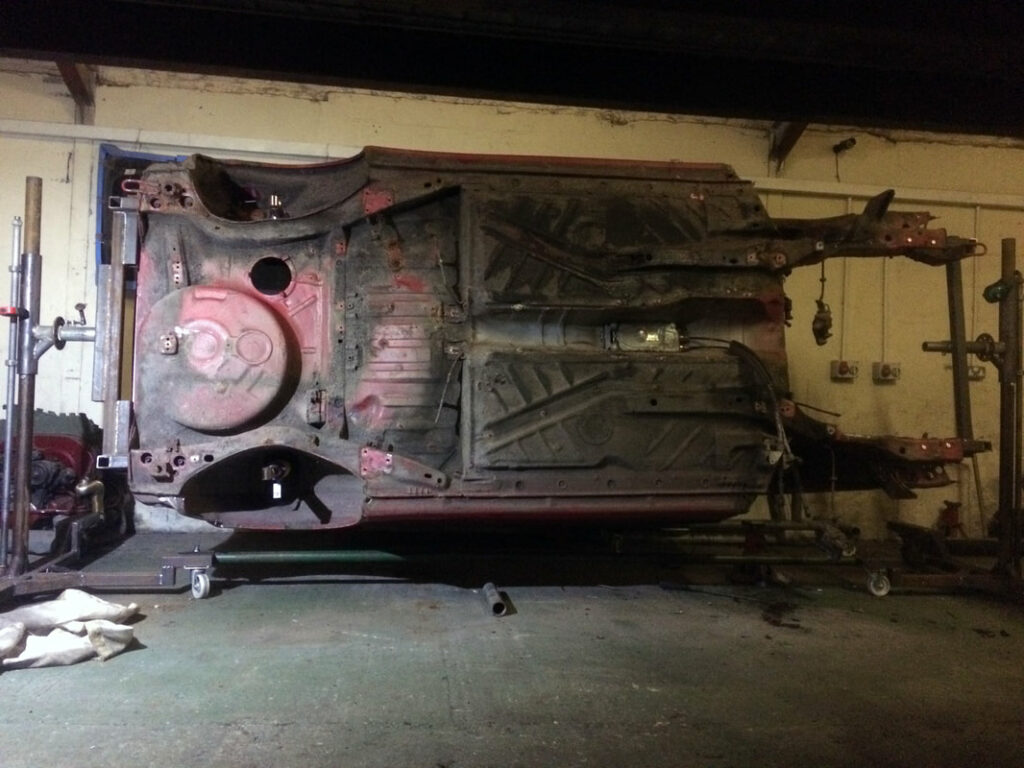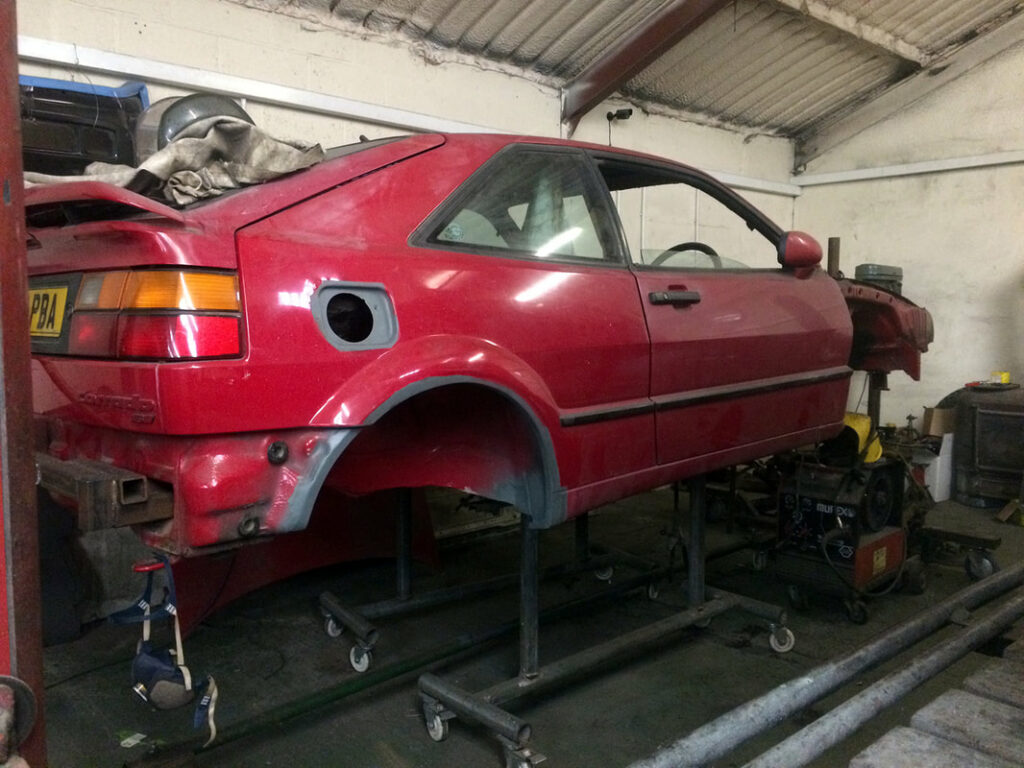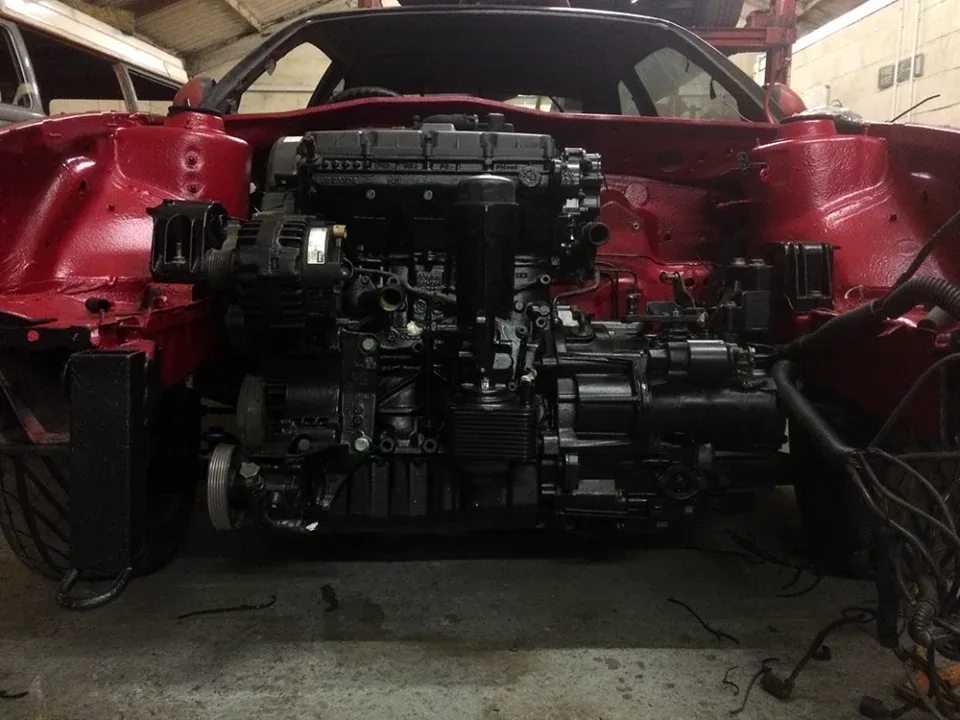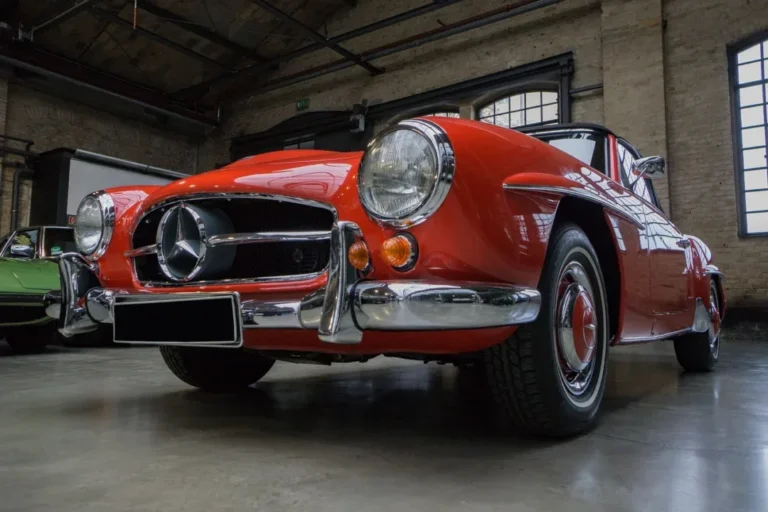If you’re a regular internet user, you have probably noticed a good number of people who are restoring cars. While it may seem like a new trend, car restoration has been happening since time immemorial.
As a hobby, it started in the 1930s when people found broken cars and restored them to working condition. They mostly worked on post-World War vehicles but as the years went by, the hobby grew and so did the love for collecting classic cars. Today, car restoration is both a hobby and a lucrative business for many car enthusiasts.
The Why
Love for classic and vintage cars
What’s your dream car? Is it a luxurious SUV? Maybe you’re a fan of electric cars like Tesla. For some, their dream car is a classic legend like a 1938 Volkswagen Beetle. Such cars are harder to come by than a newer model, and even when you find one, it may need some work done before it can move. There’s an entire world of classic car restorers who simply do this for the love and showmanship at events like Concours D’Elegance.
To become a classic car restorer, it’s important to know the basics especially the difference between classic, vintage and antique cars.
- Classic Cars – These vehicles must be at least 20 years old. Cars made in 1980 or later are considered collector cars.
- Vintage Cars – Vintage cars are vehicles built between 1919 and 1930.
- Antique Cars – These vehicles will need to be over 45 years old. For example, cars made from 1900 to 1979 are considered either antique or classic.
Profits
One of the other reasons why car restoration is gaining popularity is due to the profits. The rewards are quite worthwhile, according to those who have ventured into the business. For instance, a Kenyan mechanic who went viral online revealed that he spent around Ksh 300,000 to restore a classic 1986 Peugeot 504 that was gathering dust in his garage. The new value of the car is Ksh 900,000 and could fetch more given the popularity of this car on Kenyan roads. Additionally, the rising vehicle prices had led to a demand for restored cars which are more affordable.
Improve performance
When restoring a vehicle, you can choose to use its original parts or customize it to improve its performance. Most old cars don’t have the brightest lights, the most comfortable seats or the most efficient engine. Changing these out not only improves the car’s appearance but also its performance. It’s important to note that for car restoration the original make and design of the car doesn’t necessarily change but the performance does change.
Sense of accomplishment
Car restoration can give you a great sense of accomplishment. Nothing compares to the feeling of making something new again. Whether you’re working on your old car, a wrecked car or your dream classic car, it’s a labour of love that will leave you feeling accomplished once it’s done. You also get to learn new skills in the process which can be of value in the long run.
Preservation of automotive heritage
Your parents or relatives have probably told you stories about the first car they owned. Imagine how cool it would be if you could see it today. Vintage cars hold a cultural value that needs to be kept alive for future generations. Restoring cars ensures that this is possible since cars which might otherwise deteriorate or be lost, can be brought back to their original or improved condition. In some cases, vintage restored cars are kept in museums for car enthusiasts to marvel over.
The How
Car restoration isn’t easy task. It involves thousands of man-hours, a substantial budget and a collaborative effort among automotive enthusiasts, auctioneers, and mechanics. Therefore, if you’re not ready to commit your time and money to such a project, you’re destined to fail from the start.
Budget
First, you need to make a budget. When making a car restoration budget, there are a number of things you should consider such as the car model, complete restoration or partial restoration, and labour costs. If you plan to hire professionals, ask them for the price so you have an accurate budget.
Buy a vehicle
After making your budget, it’s time to find the right car. All cars are not made the same. The rarer it is, the more expensive it will be to restore it. Make sure you do your research to make an informed decision, especially when buying a classic car. You buy one from auctioneers or buy directly from the car owner. Before buying the car, check whether it runs safely on its own if it has rust or leaks and why the owner is selling it. This lets you know how much work the car needs and if there are any other underlying issues that you might not be able to spot immediately.
Choose who’ll do the restoration
Next, you need to determine whether you will do the restoration by yourself or you’ll work with a mechanic. It’s possible to restore the car on your own since there are lots of videos online explaining every step in detail. However, it can be costly in case you make a mistake.
Buy tools
Working with a mechanic ensures that your car gets restored professionally. However, whether you work with a professional or not, you’ll need your own set of tools, especially for future repairs.
Create space
If you choose to restore your car by yourself, you need to have ample space where the car will be with sufficient room for manoeuvring. The space should also be well-ventilated and well-lit. Keep the space organized to avoid accidents.
Read the car manual
Make sure you read your car’s manual carefully. If you don’t have the original manual, you can find one online. Once you’re familiar with the intricacies of your project, you can begin the restoration process.
Set a timeframe
You need to determine how much time you have to commit to this project then get out your calendar and write down what you’re going to do and when you’re going to do it. Be realistic, and set yourself achievable goals.
The Process
The restoration can be summarized in 50 easy steps which are separated into 4 groups – strip down, bodywork, engine and rebuild. These steps to every car project but you can go further with each section. Additionally, the order you do it depends on what you want.
Strip

- Document everything with pictures and videos and label everything.
- Take out the interior, clean and store it away.
- Drain all the fluids out to avoid making a mess.
- Disassemble the external panels. Be careful not to break anything.
- Remove the windows. Don’t reuse dried-out old seals as they will leak when you refit them and cause your window sills to rot out.
- Check for any damaged or dodgy wiring that will need sorting later on.
- Jack the car up and remove everything underneath such as the steering rack, brakes, etc.
- Any rusty bits not being replaced can be sent off for stripping and powder coating or set aside for cleaning up.
- Order parts that need replacing.
Bodywork

- You’ll want to strip all the paintwork of the car. The best DIY option is stripping all the paint off with a wire brush on an electric grinder.
- Fix any rust and dents you’ve found. Replacing panels is the easiest option for removable panels such as wings, bonnets and doors.
- Paint the arches and underneath the car if you want it to look pristine.
- Coat bare metalled areas in etch primer first to seal the metal and give a good key.
- Spray the shell with high-build primer.
- Lightly sand the high-build primer with 500 grit.
- Paint the car.
- Flat back any imperfections on the paintwork with some very very wet 2000-grit sandpaper.
- Machine polish the entire bodywork to give it a professional finish
- Rustproof the whole vehicle with clear Waxoyl.
Engine

- Decide if you’re upgrading or reconditioning the engine. If you’re on a tight budget at the very least replace all the external seals timing belt, water pump and gaskets.
- If you’re putting in an engine that’s not standard to the car you’ll need to fabricate new engine mounts and figure out where everything will go.
- Work out where you’re going to run the wiring. If you’re doing a show engine bay you might want to hide the loom.
- Get the engine running and make a note of anything that’s not working properly and needs to be replaced.
- Carefully remove all the wiring and engine. Finalise the bodywork if you’ve had to do any modifications to the engine bay like fitting new engine mounts. Get it painted, U-Pol raptored or undersealed.
- Remove anything from the engine that you can unbolt easily including Alternator, Power steering pump, and Air conditioning pump. Order new parts or recondition the old ones.
- Call a specialist to do an internal engine strip down. A specialist can do things like check tolerances and bearings for wear and any other internal damage.
- Paint the metal auxiliary parts. Give any plastic parts a good clean too. Fit all new gaskets and seals on rebuild.
Rebuild

- Start with rebuilding the underneath of the vehicle. Fit new brake pipes whilst there is nothing to get in the way.
- Refit fuel lines or make up new ones if needed. Fit the fuel tank.
- Fit new replacement parts like arms, shockers and bushes or fit refurbished old suspension.
- Do the wiring so you’ve got good access if it runs behind the engine.
- Depending on the vehicle, you may be able to fit both the engine and gearbox at the same time.
- Plumb in all the cooling systems.
- When re-fitting the glass use non-setting window sealer on vehicles with old-style rubber seals. For bonded windows, you might want a professional to refit them.
- Fit a stainless exhaust system to save money in the long run.
- Upgrade to LED lights.
- Using your notes, reassemble the interior. You can also upgrade some parts including the radio, speakers, and AC.
- Finally, it’s time to enjoy your car and take pride in your accomplishment. Take that car on lots of small journeys to clock up the mileage and ensure it runs efficiently.
Test Drive
Once you have finished working on the car, it is important that you take a short drive with it before you even think about taking it far away from home. This will help you identify any small issues that might need to be fixed before you use the car on a regular basis.
During the test drive, it is wise to keep the radio off so that you can be able to listen to how the car is performing. Keep an eye on your gauges and pay attention to every noise the vehicle is making, listening out for signs something’s not right. Once you have done about 100 Kilometers you can start relaxing.

